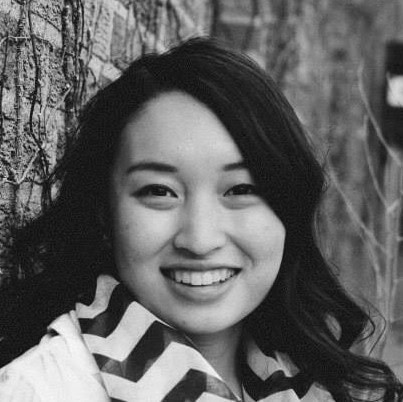Reflecting Community and Compassion in Detention Facility Design
by the JLG Architects Justice by Community (JxC) Group
“You are not a profession that has distinguished itself by your social and civic contributions to the cause of civil rights . . . You are most distinguished by your thunderous silence.”
– Whitney Young, civil rights leader, 1968 AIA National Convention in Portland, Ore.
The number of prisons in the U.S. have nearly quadrupled, from about 500 in the 1970s, to almost 2,000 today. For some architects, the building typology has become a matter of specialization and revenue, while others debate the ethical role of our profession in the design of jails and detention facilities. The hot button is whether to be involved in a design that may serve to confine prisoners or end human life via execution. As architects, we have a duty to uphold human rights, as well as protect the health, safety, and welfare of the public.
According to new rules in the American Institute of Architects’ (AIA) Code of Ethics and Professional Conduct, adopted on Dec. 11,2020, designing spaces intended to end human life is prohibited and inconsistent with its member’s professional conduct. But that doesn’t mean the AIA has abandoned this typology – the organization also encourages members to remain committed to promoting criminal justice reform, promoting rehabilitation to address issues impacting recidivism, and to ensure that the needs and dignity of all who come in contact with the justice system are fully respected.
To ensure these values stay in focus, a contingent of JLG’s employee-owners established Justice by Community (JxC), a diverse blend of individuals ranging in backgrounds, roles, professional, and personal interests. We created this group to educate ourselves on the issues facing underrepresented populations, ultimately recognizing those populations are disproportionately affected by our prison systems.
Realigning Our Values
If you’re unfamiliar with JLG, we are an architecture and interior design firm spanning four states, recognized as one of Design+Construction’s Top 300 Giants – working everywhere communities gather.
In 2019, we sat down to a firm-wide meeting celebrating the prior year and reflecting on our noteworthy work, including one of our top-performing projects, a jail. After the meeting, one of our JxC colleagues asked if “designing jails aligned with our company values.” As architects and designers who strive to find solutions for a better world, and considering one of us worked on that project directly, it seemed like an important question. Should we be designing jails?
Mid-2020, as our country and our profession were reckoning with the effects of the pandemic and calls for social justice after the murder of George Floyd, we reconvened to continue the conversation around jails. We began by trying to educate ourselves on the different structures of incarceration, while also researching why the carceral state functions the way it does. This served to contextualize the conversations around policing and incarceration and gave us deeper understanding around terminology and history. It also proved that learning from and collaborating with individuals outside of our profession is imperative to our mission and our humanity.
Rediscovering Our Passion
To find solutions, we continued our search through conversations with formerly incarcerated individuals, a deputy warden, judges, lawyers, a United States congressman, a police chief, medical directors, and numerous other engaged community members. We quickly realized the need to shift our focus further out from incarceration and into a holistic view of community. Since we come at these discussions with different points of view, passions, and expertise, we knew that following our passions would keep us engaged, make us a more well-rounded group, and help us to always keep our focus on the larger picture.
This work also made us realize that transformations happen from the inside out – if we want our communities to be more open, compassionate, and empathetic, we need to model that behavior as well. We’ve started to take action internally by engaging local and national groups on the topics of equity within the profession, developing our own framework on equitable communities through sustainability and learning to lead the design process with compassion.
Reimagining a Future
We don’t consider ourselves experts in this realm, but if we’ve taken one thing away from our journey, it’s that our initial question of “should we be designing jails?” is not the question we should be asking, Rather, it should be “what role does incarceration play in our society?” If we can attempt to answer that question, we begin to think about incarceration facilities through a radically different lens, one that focuses on nurturing and rehabilitation. Our hope is that it will bring about more focused, productive programs, and challenge us to build spaces that reflect, care for, and respond to people in a way that builds better communities; communities where the need for incarceration in its current form is obsolete.

Catherine Dekkenga 
Craig Anderson 
Haley Holzwarth 
Isaac Karley 
Jonathan Holth 
Meaghan Hawley 
Patri Acevedo Fuentes 
Shauntel Fett 
Shelley Vang
Catherine Dekkenga, AIA, NCARB is architect; Craig Anderson is director of business strategy; Haley Holzwarth is architectural associate; Isaac Karley, Assoc. AIA is architectural associate; Jonathan Holth is community & client development manager; Meaghan Hawley, Assoc. AIA is architectural associate; Patri Acevedo Fuentes, AIA NOMA is architect; Shauntel Fett, AIA is architect; and Shelley Vang, Assoc. AIA is architectural associate at JLG Architects.



















